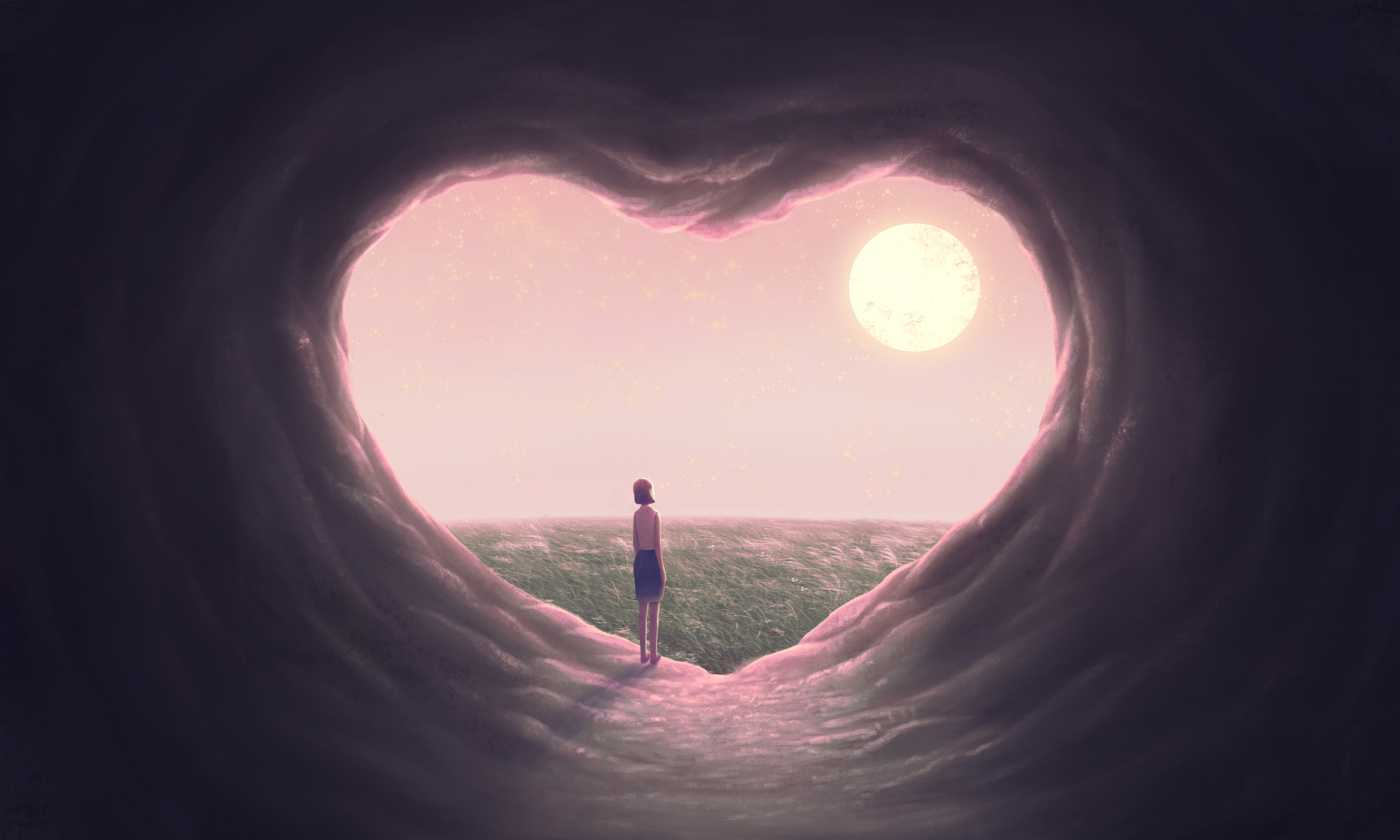I love this new song and video by Yusuf, formerly known as Cat Stevens. . .
If I was a king of a land I’d free every woman and man I’d let them go I’d set them free, to serve You
If I knew every fish in the sea And every bird in the tree I’d hear their call I’d hear them speak Your name
If I ran the schools of this world I’d teach every boy and girl I’d let them learn the truth I’d let them know Your glory
If I had stairs to the sky I’d raise my voice up there high I’d want the world to hear Your perfect words and thank You
If I had a mountain of gold I’d try to feed every poor soul And give them hope again And let them taste Your bounty
If I could reach every dream I still would search the unseen To find a way That leads us to Your mercy
If I was a king of a land I’d free every woman and man I’d let them go I’d set them free to serve You
The lyrics and the tune, well, it’s not the only thing
and maybe not as important as this
one single question:
IF YOU WERE A KING OF A LAND. . .
WHAT WOULD IT LOOK LIKE?
 Psssssssssssssssssst:
Psssssssssssssssssst:
It’s more in your HANDS
to choose
than you might ever imagine
. . .MAKE IT COUNT

(I don’t know how long you have been following and supporting THE CARING CATALYST BLOG; but I’m humbly grateful and congratulations to you; this is my 1100th post)




























